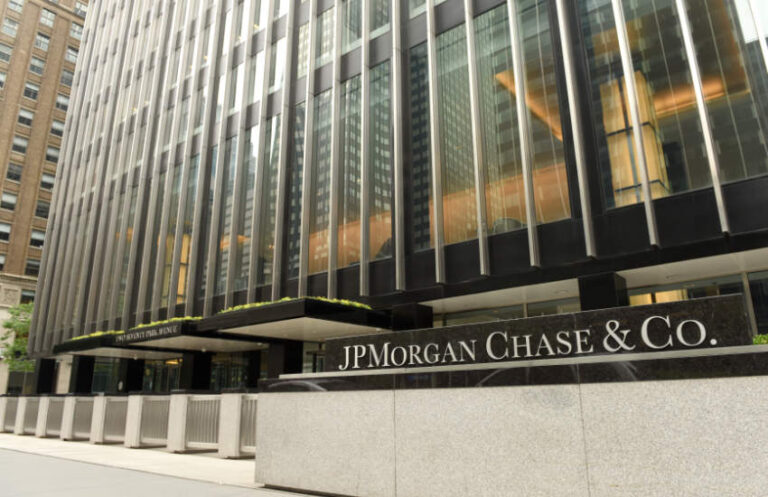
Source: www.ledgerinsights.com
JP Morgan already allows tokenized US dollar deposits with JPM Coin. It now plans to enable blockchain-based euro deposits “soon,” said Basek Toprak, head of Coin Systems at Onyx by JP Morgan.
On a related topic, JP Morgan sees a payment opportunity for NFTs. “Current technology is not friendly enough for mass adoption,” said Brody Mulderig, who covers Fintech at JP Morgan, speaking at the Crypto Assets conference.
He went through all the hoops some users have to go through to buy an NFT. If you are not already involved in crypto, the easy part is transferring money to a crypto exchange. But then users have to transfer that to a self-custodial wallet, buy hardware to make sure it’s secure, and then buy the NFT. They should also beware of phishing scams and the risk of losing the seed phrase in their wallet.
Some consumer-focused NFT apps already take the friction out of accepting card payments for NFTs. Dapper Labs is one, and Mulderig mentioned Sorare, the France-based Softbank-backed fantasy sports NFT platform that now has deals with numerous soccer leagues, the MLB, NBA and PGA Tour.
JP Morgan is clearly talking to some music NFT platforms about enabling fiat payments. It is also looking at the potential of web3 more broadly, which it sees as including all applications that are not directly related to finance.
Most of the blockchain financial applications fall under the Onyx division of JP Morgan. This includes Onyx Digital Assets with an intraday DLT repository app, Liink for conventional payment messaging, and JPM Coin. It is also experimenting with using JPM Coin on a public blockchain as part of Project Guardian, its Singapore DeFi experiments with the Monetary Authority of Singapore.
JPM Coin for corporate treasurers
On the topic of JPM Coin, Toprak emphasized the difference between programmable payments, which already exist, and blockchain-based programmable money. For businesses, many banks already offer non-blockchain trigger payments.
Tokenized money on a blockchain creates efficiencies because it acts as a record of value, enables movement of money, and supports programmability. That contrasts with the current state of money, which exists electronically in a bank database with separate payment rails for transferring money. This creates inefficiencies in the movement of money between the ledger and the rails.
Blockchain eliminates reconciliations because both parties have access to the shared ledger.
Whereas in the past, one company could push a payment or another request a payment, with blockchain programmable money, the two parties mutually agree on what data will trigger a transfer in advance.
She sees port payments as a good example, where a ship arriving in port should not pay port fees too soon because it could change its route. If you leave the payment too late, the unloading of goods may be delayed. Instead, by using GPS, checkout time can be optimized and automated.
Another JP Morgan executive, Veronique Steiner, spoke about the value of automation for corporate treasurers. During weekends and holidays, treasurers must maintain excess liquidity reserves, and automation could make a big difference. That applies to triggers related to point of service, delivery of goods, movement of FX, or margin calls.
One point that is not discussed is the richness that the programmability of smart contracts allows. Therefore, we would expect programmable money to be able to deal with more complex situations compared to simple trigger payments. On the other hand, it should be kept reasonably simple to avoid mistakes.
Coin System’s Toprak described a path to public blockchain payments as an expanding circle. At the core, JPM Coin enables payments through a shared ledger within the bank. JP Morgan is also part of Partior, a Singapore joint venture for blockchain interbank payments, making it a shared ledger between banks.
“The future is universal ledgers,” he said. “We are slowly getting there. Web3, public blockchain, these will be possible over time. (We are) taking small but important steps.”
Read More at www.ledgerinsights.com